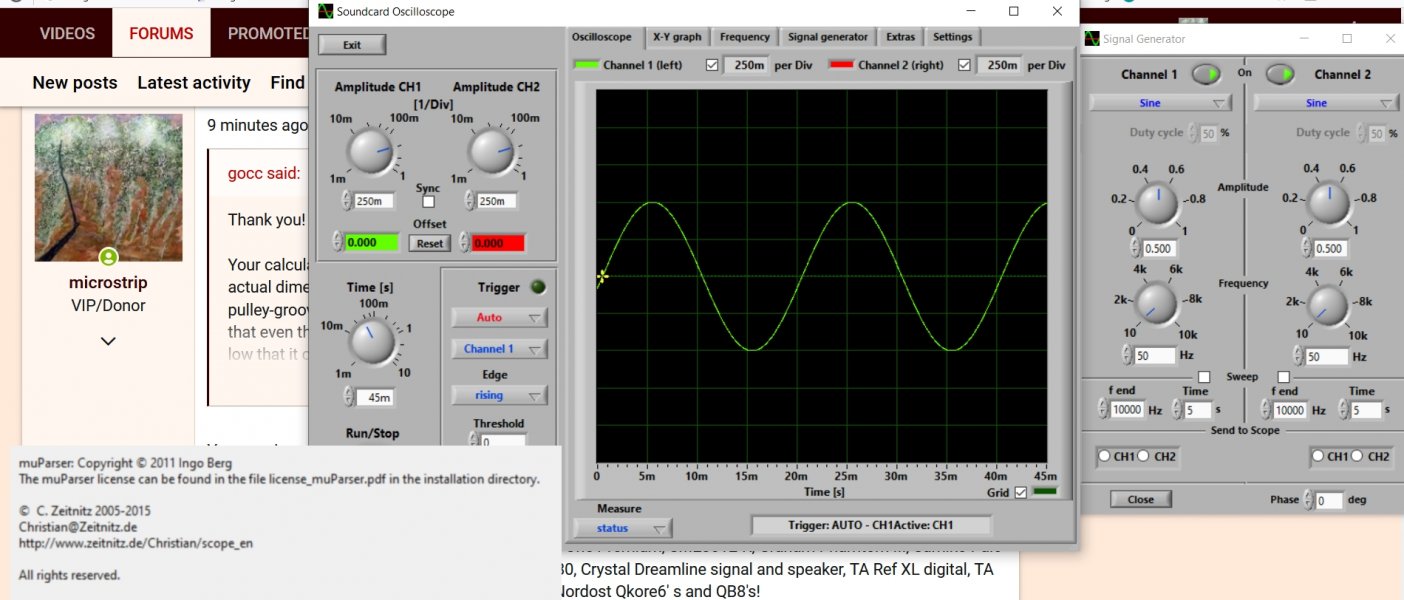Hope someone has an idea how to solve this.
I have a VPI HW19 Mk3. US 110V model and I live in Sweden, so it's 220V in the wall. In order to use the player I have a transformer converting 220V to 110V. All good. Speed of 33.3 is fine, stable and correct. But when I move the belt to 45-pulley the platter is turning at 42.5 rpm. So, obviously a pulley problem. But - the pulley is standard, original VPI pulley. And it works fine at 33.3 rpm. Have been in touch with VPI but they ask for the motor speed (300 or 600 rpm) which I do not have a clue about and I really do not want to remove the motor from the plinth just to be able to read the speed marking. (I have a Forsell Air Reference arm mounted and it's NOT simple to set up that arm correctly). Any suggestions?
Thanks!!
I have a VPI HW19 Mk3. US 110V model and I live in Sweden, so it's 220V in the wall. In order to use the player I have a transformer converting 220V to 110V. All good. Speed of 33.3 is fine, stable and correct. But when I move the belt to 45-pulley the platter is turning at 42.5 rpm. So, obviously a pulley problem. But - the pulley is standard, original VPI pulley. And it works fine at 33.3 rpm. Have been in touch with VPI but they ask for the motor speed (300 or 600 rpm) which I do not have a clue about and I really do not want to remove the motor from the plinth just to be able to read the speed marking. (I have a Forsell Air Reference arm mounted and it's NOT simple to set up that arm correctly). Any suggestions?
Thanks!!
Last edited:


